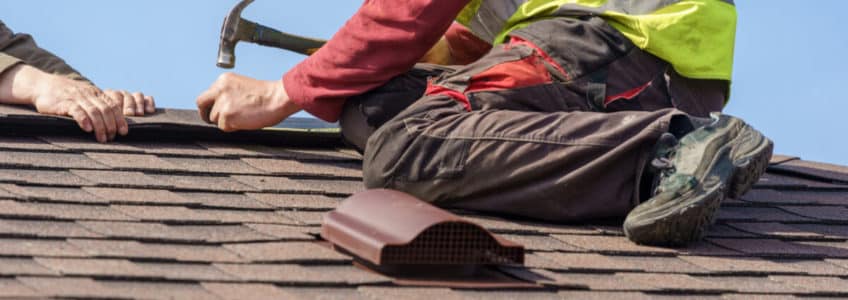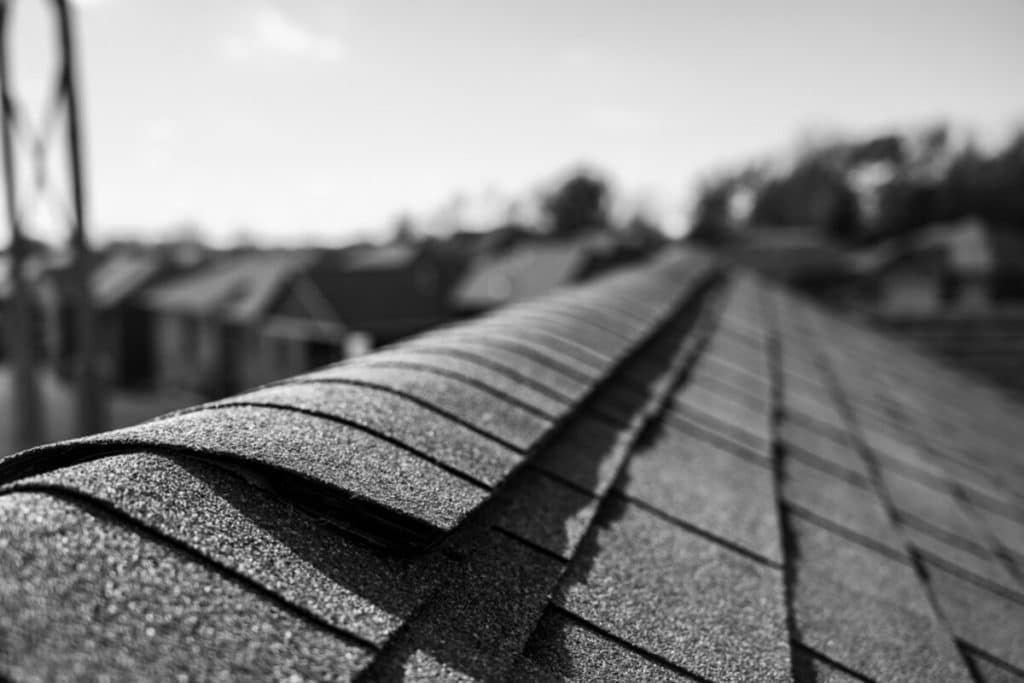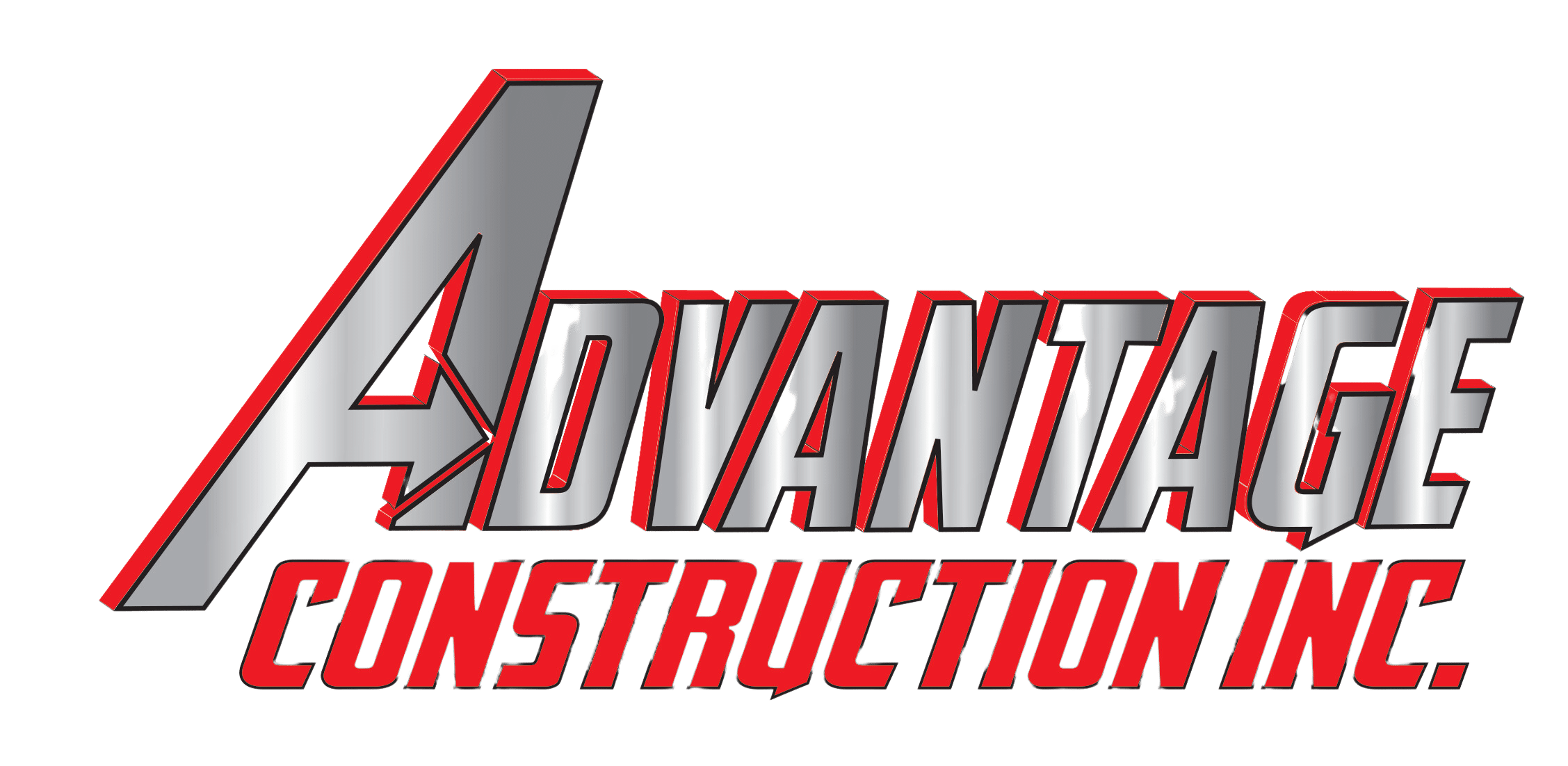
A strong and well-maintained roof protects your home from the elements, keeping your family safe and comfortable. When it comes time for a roof update, some homeowners consider layering new shingles over their existing roof instead of tearing it off completely. While this approach may seem like a cost-effective and time-saving solution, it comes with both benefits and drawbacks. Before making a decision, it’s important to understand how this method impacts your home’s longevity, durability, and overall value.
Pros of Layering Shingles Over an Existing Roof
Adding another layer of shingles can be an attractive option for homeowners looking to save time and money. Here are some of the key benefits:
Lower Installation Costs
One of the most significant advantages of layering new shingles is cost savings. Because the existing roof remains intact, homeowners can avoid the labor and disposal costs associated with removing the old shingles. This makes the project more affordable, especially for those on a tight budget.
Faster Installation
Since the old roof is left in place, the installation process is quicker. Contractors can complete the project in less time, minimizing disruptions to your daily life. In many cases, a new layer of shingles can be installed within a day or two, depending on the size of the roof and weather conditions.
Enhanced Roof Insulation
An additional layer of shingles can provide extra insulation, potentially improving energy efficiency. The extra material adds a slight barrier against heat loss in the winter and excessive heat gain in the summer, which could contribute to lower energy bills.
Improved Curb Appeal
A fresh layer of shingles can refresh the look of a home without the need for a complete tear-off. This is particularly beneficial if the existing roof shows signs of wear but is not yet structurally compromised.
Cons of Layering Shingles Over an Existing Roof
While layering shingles can be beneficial, there are important downsides to consider before moving forward with this approach.
Added Weight Can Stress the Roof
Roofs are designed to support a specific amount of weight. Adding another layer of shingles increases the load on the structure, potentially leading to long-term stress on the roof’s framework. In older homes or those with weak support systems, this additional weight could cause sagging or structural damage over time.
Shorter Roof Lifespan
Although it may seem like an extra layer would enhance durability, it can actually shorten the life expectancy of the new shingles. The existing shingles create an uneven surface, preventing the new layer from sealing properly. This can lead to premature wear and an increased likelihood of leaks.
Potential Moisture Problems
Trapped moisture is a common issue when layering shingles. If the existing roof has hidden leaks, mold and rot can develop underneath the new layer. Because the original shingles remain, ventilation can be compromised, increasing the risk of water damage and costly repairs down the road.
Complicates Future Roof Replacement
When the time eventually comes for a full roof replacement, having two layers of shingles makes the process more difficult and expensive. Contractors will need to remove both layers, adding extra labor and disposal costs. In some cases, local building codes may even require a full tear-off before any new roofing work can be completed.
May Not Be Allowed in Some Areas
Building codes vary by location, and some municipalities prohibit layering shingles due to structural concerns and potential moisture problems. Before considering this option, homeowners should check local regulations and consult with a professional roofer to ensure compliance.
When Is Layering Shingles a Viable Option?
Despite its drawbacks, layering shingles over an existing roof can work in specific situations. If the current roof is in relatively good condition—meaning no extensive leaks, damage, or structural issues—adding another layer may be a reasonable short-term solution. This option can be particularly useful if the homeowner plans to sell soon and wants to enhance curb appeal without investing in a full roof replacement.
However, if the existing roof is nearing the end of its lifespan or has underlying problems, a complete tear-off is the better long-term investment. Removing the old shingles allows for a proper inspection of the roof deck and ensures that the new shingles adhere correctly, maximizing durability and performance.
Final Thoughts

